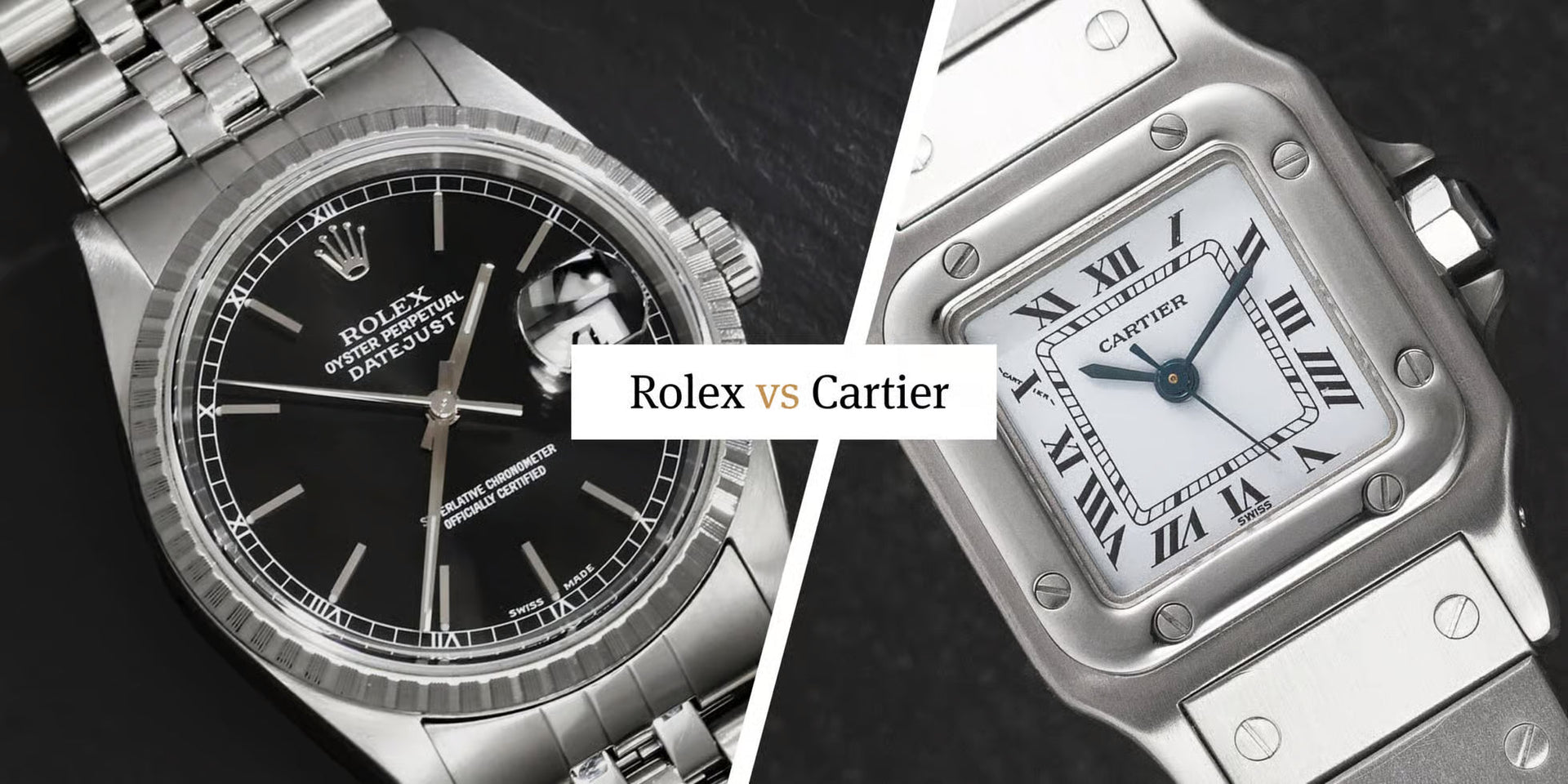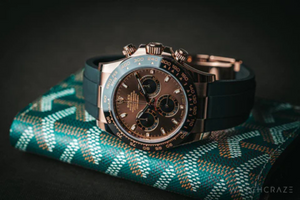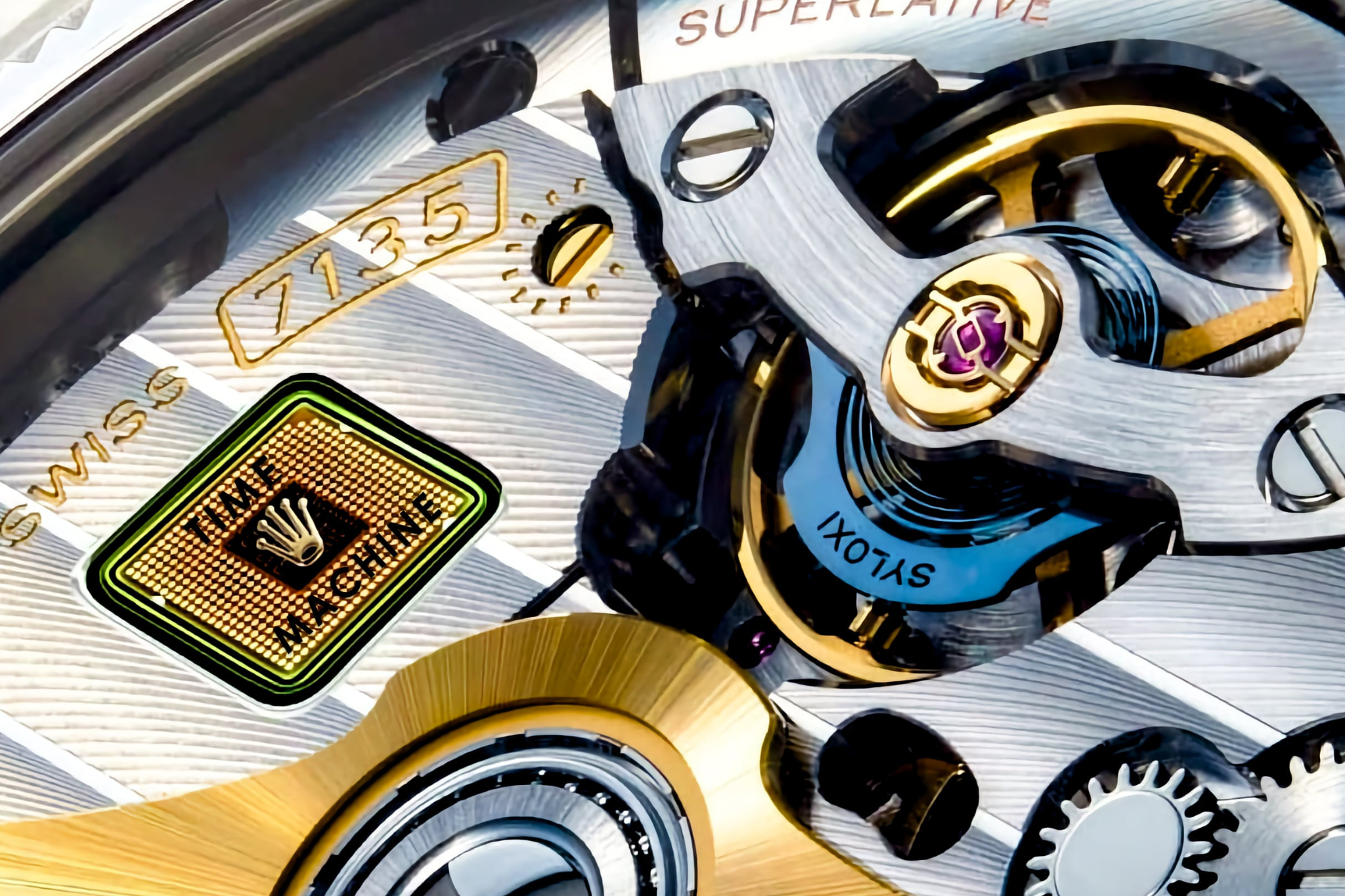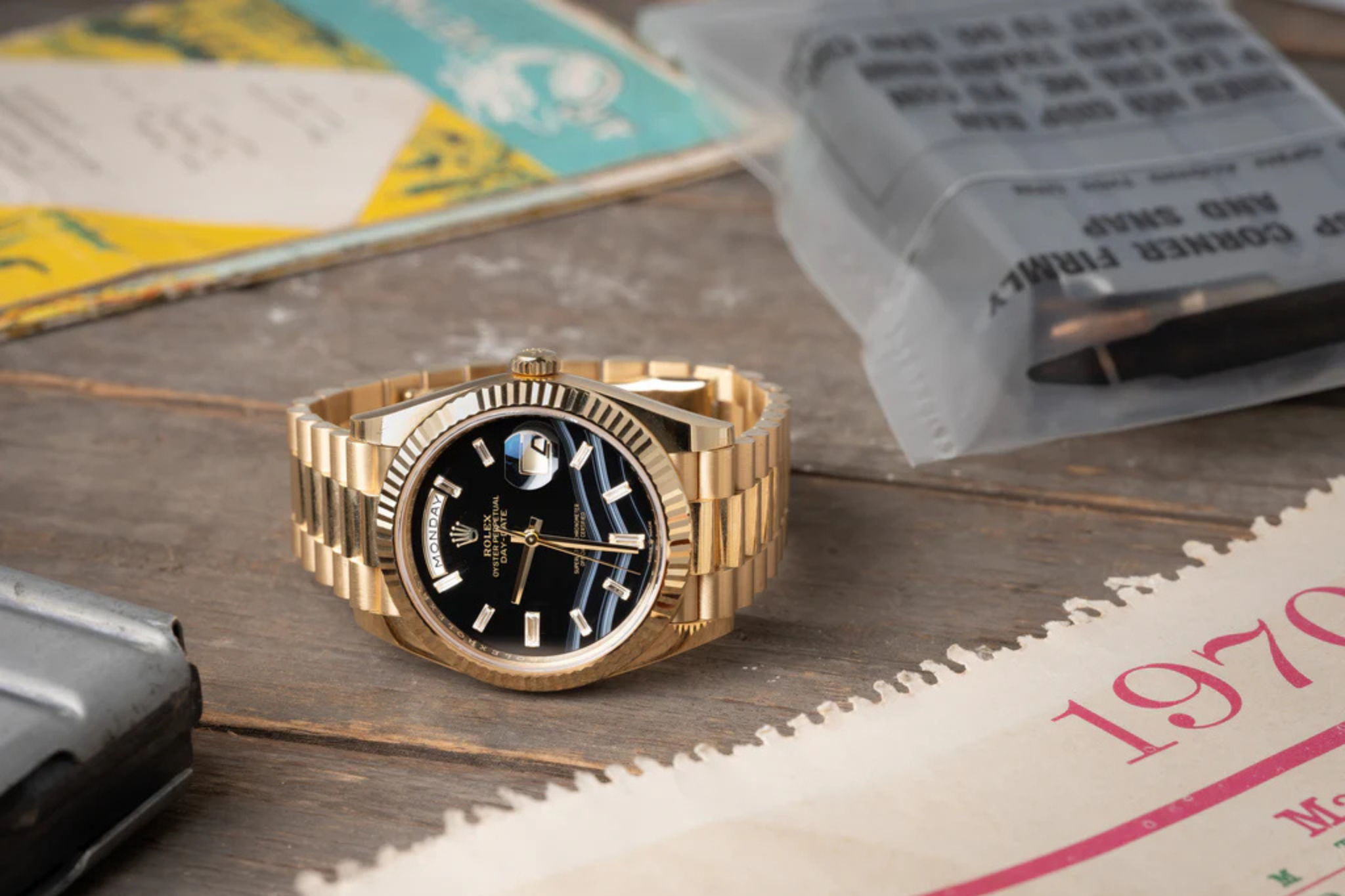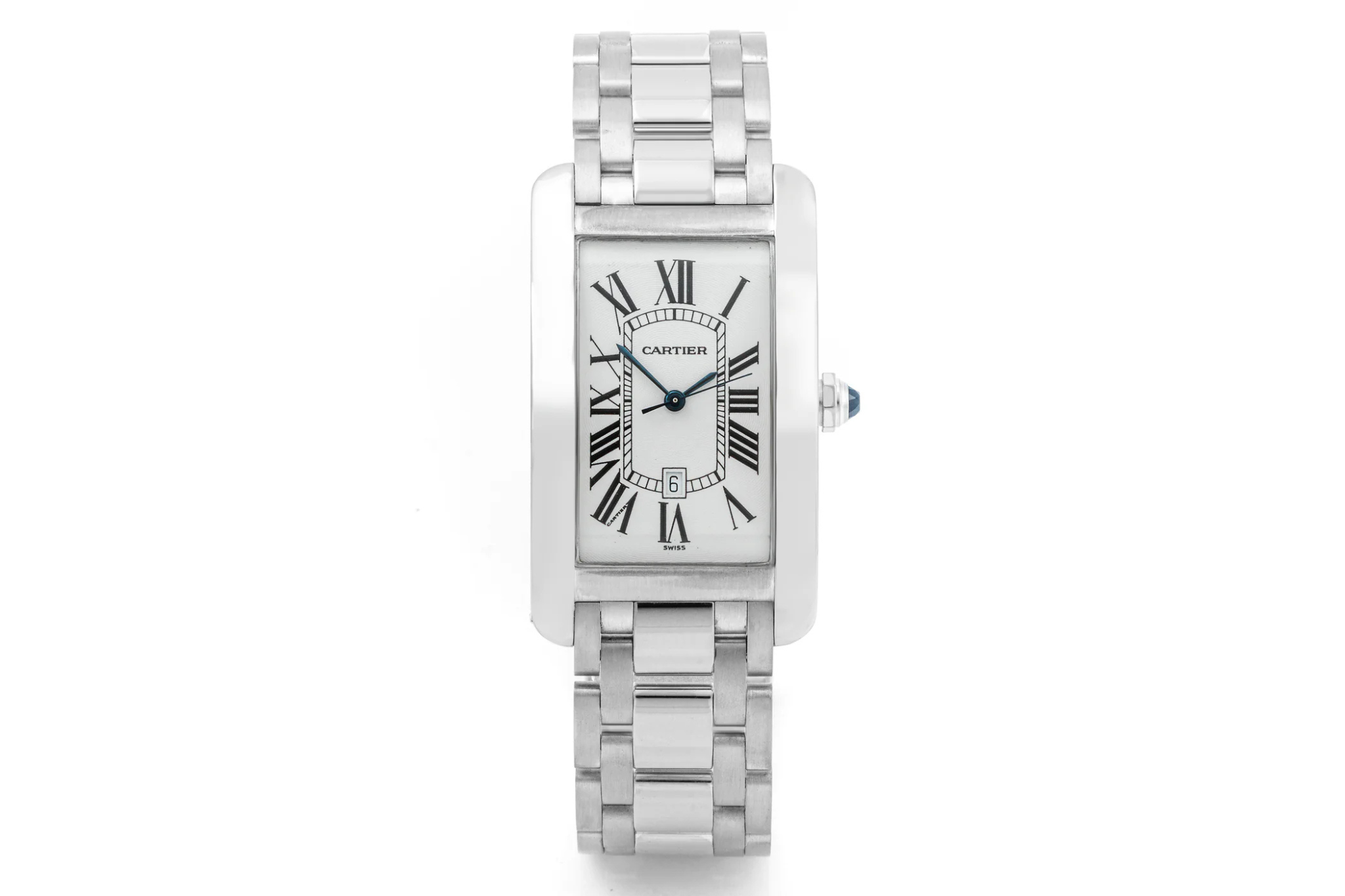When it comes to luxury timepieces, the debate of Rolex vs. Cartier has fascinated collectors and enthusiasts for decades. Both brands represent heritage, craftsmanship, and prestige, but they embody very different philosophies. Whether you’re looking for a sports icon or a jewelry-inspired masterpiece, choosing between these two horological giants can feel overwhelming.
To make your decision easier, let’s take a deep dive into the history, design, craftsmanship, pricing, and investment value of these brands - and help you answer the question: Which luxury watch brand should you choose?
👉 Explore both Rolex and Cartier in certified pre-owned collections here.
A Brief History of Rolex
Founded in 1905 by Hans Wilsdorf and Alfred Davis in London, Rolex quickly established itself as a pioneer in precision and innovation. Relocating to Switzerland, Rolex focused on technical advancement, becoming the first brand to earn a chronometer certification for a wristwatch. Over the years, Rolex introduced revolutionary innovations such as the first waterproof case (the Oyster) and the self-winding movement (the Perpetual rotor).
Today, Rolex is synonymous with durability, precision, and prestige. Its watches are trusted by explorers, athletes, and world leaders. The brand’s reputation is so strong that owning a Rolex has become a universal symbol of success.
A Brief History of Cartier
Cartier, on the other hand, was established in Paris in 1847 by Louis-François Cartier as a jewelry house. By the late 19th century, Cartier had earned the reputation of being the “Jeweler of Kings.” Its expansion into watchmaking began with the legendary Santos de Cartier in 1904, created for aviator Alberto Santos-Dumont.
Unlike Rolex, Cartier approached watches from a jewelry-first perspective. Its designs were bold, artistic, and fashion-forward, often blending goldsmithing techniques with watchmaking precision. Today, Cartier is celebrated for its elegance and is considered both a watchmaker and a jeweler, making it unique in the luxury watch landscape.
Rolex vs. Cartier: Brand Philosophy
-
Rolex Philosophy: Performance-driven, reliable, tool-oriented. Every Rolex is designed to endure extreme conditions - from ocean depths to mountain peaks. Rolex watches are engineered first as instruments, then refined into status symbols.
-
Cartier Philosophy: Style-driven, artistic, jewelry-inspired. Cartier focuses on timeless elegance, blending horology with high jewelry design. A Cartier watch is as much a fashion statement as it is a functional timepiece.
Design and Aesthetics
Rolex
-
Iconic designs such as the Submariner, Daytona, and GMT-Master II.
-
Focus on bold, masculine aesthetics with robust Oyster cases.
-
Limited design variety - Rolex favors subtle evolution rather than radical change.
-
Signature features: Oyster bracelet, fluted bezels, Cyclops date magnifier.
Cartier
-
Instantly recognizable for its shapes: rectangular Tank, round Ballon Bleu, square Santos.
-
Emphasis on elegance, minimalism, and jewelry-level craftsmanship.
-
Wide variety of case sizes, making Cartier unisex and fashion-forward.
-
Signature features: Roman numerals, blue sapphire cabochon crowns, sword-shaped hands.
Craftsmanship and Movements
-
Rolex produces almost all components in-house. Their calibers are COSC-certified chronometers with outstanding accuracy and durability. Rolex emphasizes robustness and longevity - their watches are built to last for generations.
-
Cartier historically relied on third-party movements (ETA, Piaget, Jaeger-LeCoultre), but in recent decades has developed sophisticated in-house calibers under the Cartier Manufacture in La Chaux-de-Fonds. Their movements are precise but are paired with a stronger focus on design.
Verdict: Rolex wins in terms of horological engineering, while Cartier excels in blending watchmaking with artistry.
Price Comparison: Rolex vs. Cartier
-
Rolex Price Range: $5,000 to $100,000+ (depending on model, material, and rarity). Popular steel models like the Submariner or Daytona often trade above retail due to demand.
-
Cartier Price Range: $3,000 to $50,000+. Entry-level quartz models are more affordable, while high-jewelry or complication watches can command higher prices.
Key Insight: Rolex generally retains higher resale value, but Cartier offers greater entry-level accessibility without sacrificing prestige.
Investment Value
-
Rolex is the undisputed king of watch investment. Models like the Daytona, Submariner, and GMT-Master II regularly appreciate in value. Pre-owned Rolexes often sell for more than their original retail price.
-
Cartier has more modest investment potential. However, certain models like the Tank Louis, Santos, or vintage pieces hold value and are highly collectible among enthusiasts.
Conclusion: If your priority is resale and investment, Rolex has the edge. If your priority is style and uniqueness, Cartier delivers.
Rolex vs. Cartier: Who Wears Them?
-
Rolex is favored by world leaders, athletes, and professionals. Famous wearers include Roger Federer, Barack Obama, and James Cameron.
-
Cartier appeals to royalty, celebrities, and fashion icons. Notable wearers include Princess Diana, Andy Warhol, and Michelle Obama.
Everyday Wear
-
Rolex: Robust, water-resistant, perfect for active lifestyles and sports.
-
Cartier: Elegant, versatile, ideal for formal events and stylish everyday wear.
Quick Comparison Table
| Feature | Rolex | Cartier |
|---|---|---|
| Founded | 1905, Switzerland | 1847, France |
| Focus | Precision, durability, performance | Design, elegance, jewelry-watch fusion |
| Design Language | Bold, masculine, sporty | Artistic, fashion-forward, unisex |
| Movements | In-house, COSC-certified | Mix of in-house & outsourced |
| Price Range | $5,000 – $100,000+ | $3,000 – $50,000+ |
| Investment Value | Very high | Moderate |
| Best For | Collectors, investors, adventurers | Style enthusiasts, fashion-conscious |
Which One Should You Choose?
-
Choose Rolex if:
You want a durable, investment-worthy timepiece that symbolizes achievement and holds value long-term. Ideal for those who prioritize performance and prestige. -
Choose Cartier if:
You want a stylish, elegant watch that blends jewelry with horology. Perfect for individuals who see a watch as both a fashion statement and a symbol of sophistication.
Final Thoughts
The Rolex vs. Cartier debate isn’t about which brand is better - it’s about which brand better suits your lifestyle and personality. Rolex delivers unmatched engineering and investment value, while Cartier offers timeless elegance and artistic design.
Whichever you choose, you’ll be wearing more than just a watch - you’ll be wearing history, craftsmanship, and a statement of identity.

